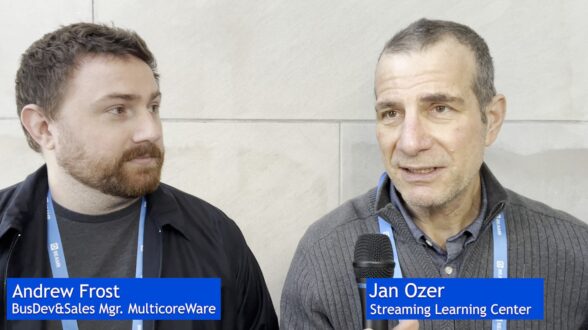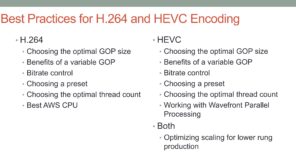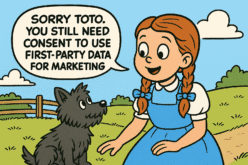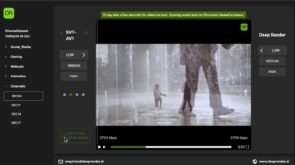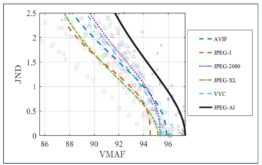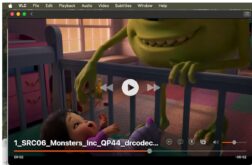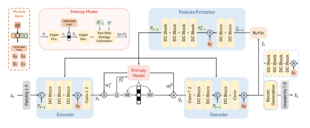At Mile High Video 2025, I sat down with Andrew Frost, Business Development Manager at MulticoreWare, to discuss the latest developments in open-source codecs, AI-based video enhancement, and industry adoption trends.
You can watch the interview on YouTube here and it’s embedded below. Some of Andrew’s comments are edited slightly for readability.
Contents
MulticoreWare’s Expertise in Open-Source Codecs
MulticoreWare is widely recognized for its contributions to open-source video codecs, particularly x265, one of the most popular HEVC implementations. During our conversation, Andrew confirmed that development on x265 continues actively: “Development is still ongoing on x265, and for VVC compliance, x266 is still going strong. We’re continuing to update both.”
Andrew emphasized that while x266 is gaining traction, x265 remains essential as many companies are still navigating the complexities of HEVC adoption. He also noted that MulticoreWare remains committed to supporting and improving both codecs to meet industry needs.
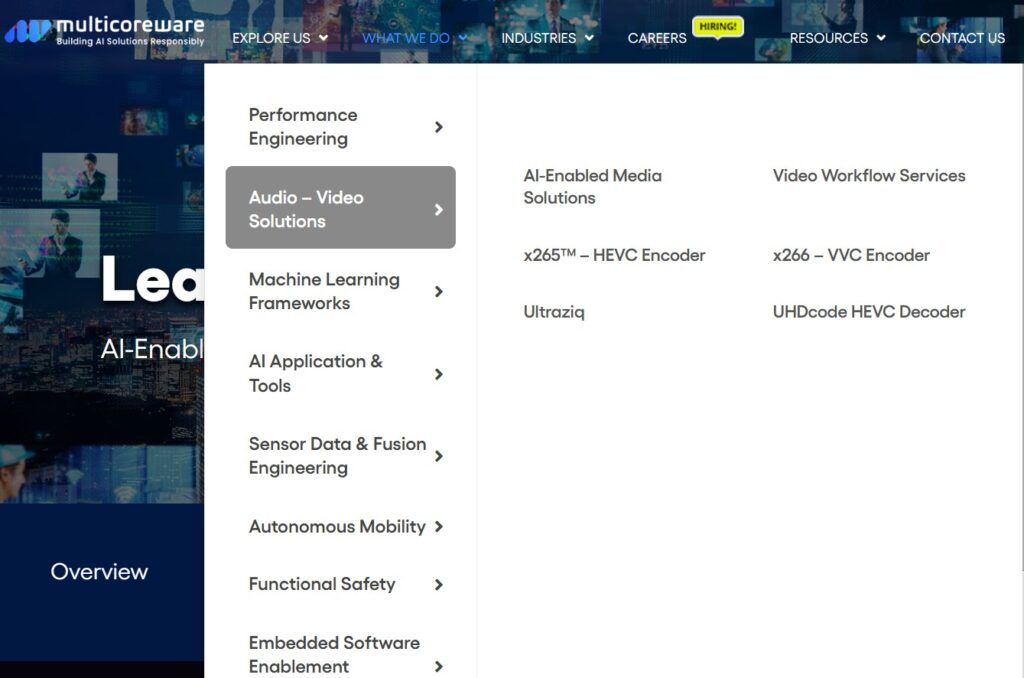
AI-Based Video Enhancement Services
Andrew explained that in the past six months or so, MulticoreWare has focused on developing a suite of video enhancement tools, including resolution upscaling, frame restoration, and denoising. “We’re showcasing a number of resolution and frame enhancement tools, as well as restoration and denoising,” he said. “That’s been our main focus for the video team recently.”
He noted that the demand for AI-based video enhancement is growing, particularly among broadcasters, streaming platforms, and general video workflows. “AI-based video enhancement is a hot topic. We expect it to become even more popular with broadcasters, big streaming services, and general video workflows,” Andrew explained.
Andrew also mentioned that some of these AI models are optimized to run on edge devices. “We have a cloud service, but some models are optimized to run on edge devices so that we can loop those directly into your system.”
Looking ahead, Andrew shared, “We’re looking at interesting ways to eventually loop those into the codec itself,” pointing to potential future developments.
Super Resolution Technology
A key part of MulticoreWare’s video enhancement suite is super-resolution technology, which enhances video quality by upscaling lower-resolution content. Unlike traditional scaling methods, super-resolution uses AI algorithms to reconstruct high-resolution details.
Andrew explained, “Super resolution can be applied either on the device side or as a pre-processing layer. It saves compute resources, reduces bitrate, and generally improves video quality to a level that hasn’t been available before.”
He noted that some of these models are designed to work efficiently on a variety of hardware setups. “Some of these are CPU-GPU hybrids, so the hardware requirements aren’t too demanding,” Andrew said, describing the flexible implementation options for different use cases.
Codec Adoption Trends: HEVC, VVC, and Beyond
Andrew shared his perspective on the current state of video codec adoption, particularly regarding HEVC and VVC. He observed that despite the interest in newer codecs like VVC, many companies are hesitant to move beyond HEVC. “One of the trends from last year’s Mile High Video that I saw throughout the year is that people aren’t quite ready to move past HEVC yet,” he explained. He recounted comments from one customer, who stated, “We have enough headaches with HEVC that we’re not ready to move on.”
Andrew noted that VVC adoption and other alternative formats are starting to grow but that the device capacity and business case for transitioning from HEVC are still developing. “VVC adoption and other alternative formats are starting to grow, but the device capacity and the business case for transitioning your entire codec line from HEVC onward are still slow,” he said.
Why Mile High Video Matters
This was Andrew’s second year attending Mile High Video, and he highlighted its value as a highly technical, engineering-focused conference. “The best part about Mile High Video is that it’s a pure engineering conference. People come here to listen to the talks and to create discussions about them,” he explained.
He also pointed out that the timing of the event helps identify emerging industry trends. “Given that it’s early in the year, Mile High Video showcases the trends to come. Some of the industry trends I pick up on here as a business developer hold true throughout the year,” Andrew said.
A key theme at Mile High Video this year was the use of AI processing in parallel with traditional video pipelines. Andrew noted that this approach is gaining traction as companies look to enhance video quality without overhauling existing workflows. “One of the big topics at Mile High Video this year is using AI processing alongside traditional video pipelines,” he explained, emphasizing the potential for more efficient video solutions.
Conclusion
Andrew highlighted MulticoreWare’s ongoing work in open-source codecs and its focus on AI-based video enhancement. From the continued development of x265 and x266 to super-resolution tools, MulticoreWare is actively exploring ways to improve video quality and efficiency. Andrew’s insights into the industry’s hesitation to move beyond HEVC and the gradual adoption of VVC provide a valuable perspective on the evolving codec landscape.
 Streaming Learning Center Where Streaming Professionals Learn to Excel
Streaming Learning Center Where Streaming Professionals Learn to Excel

